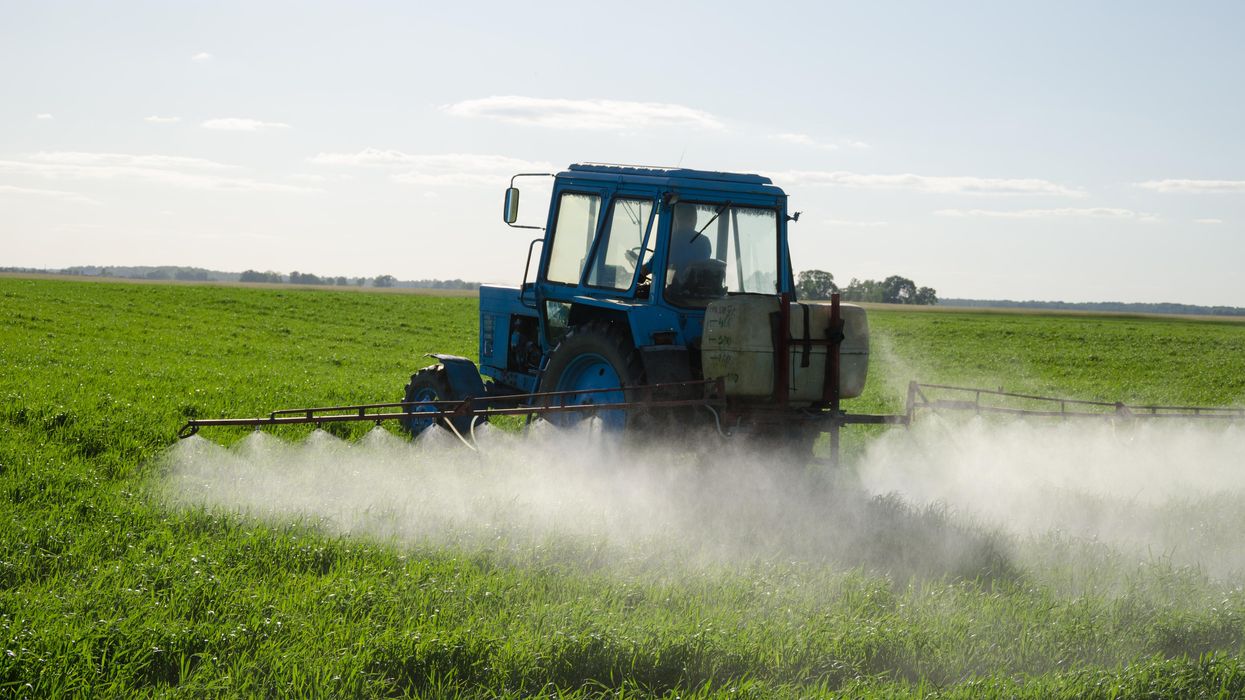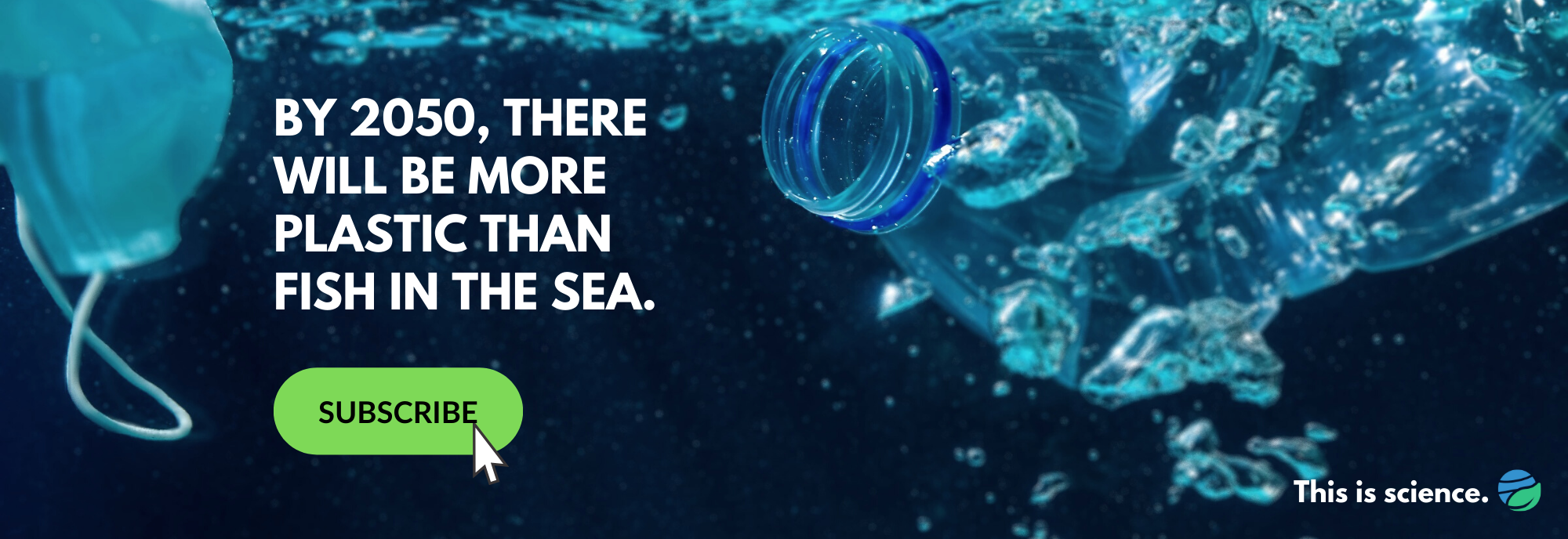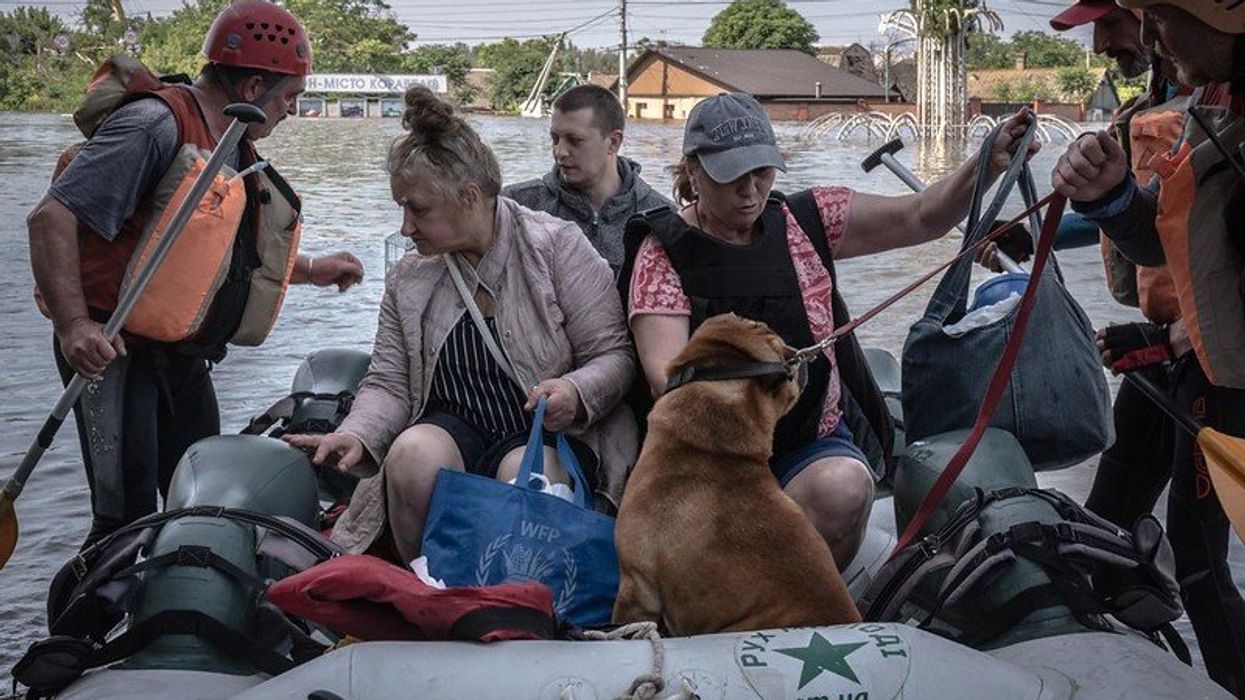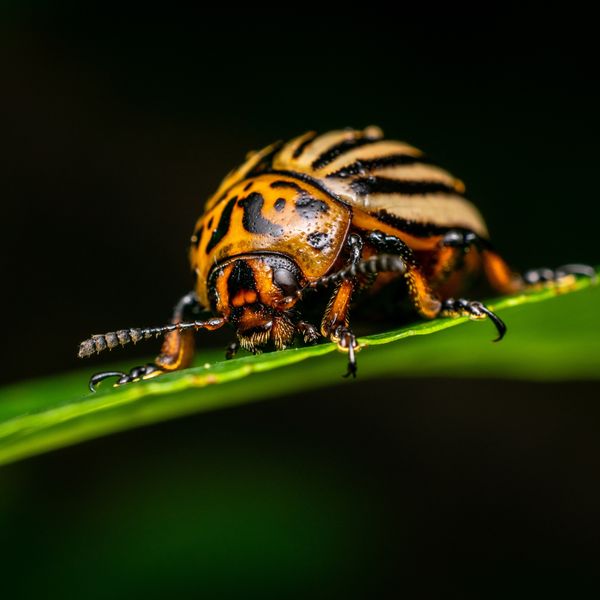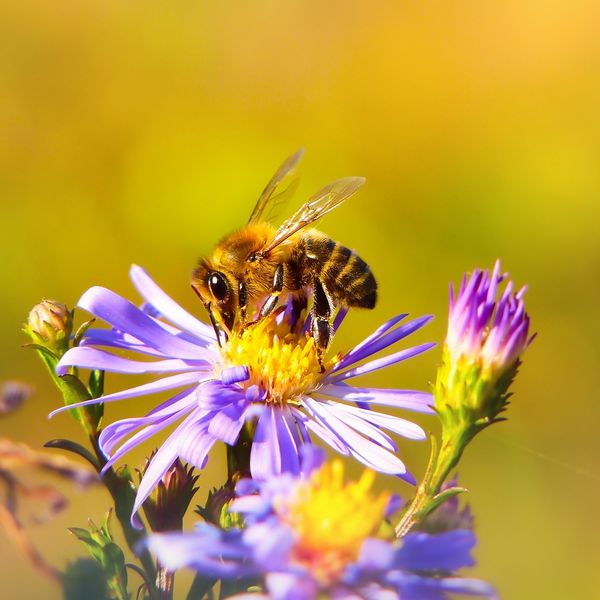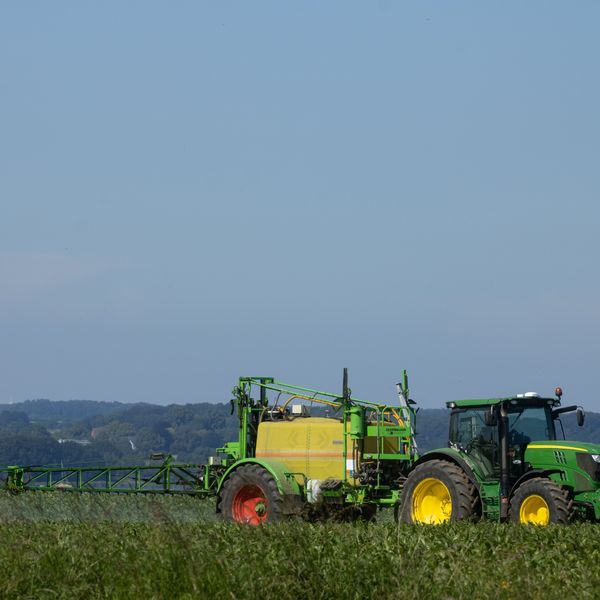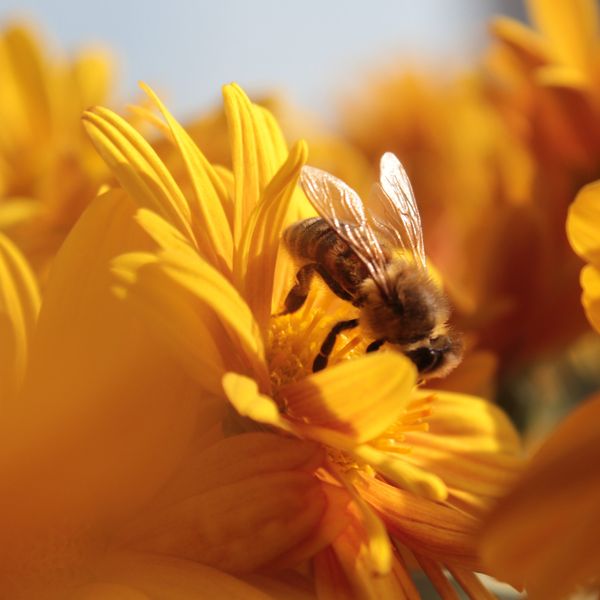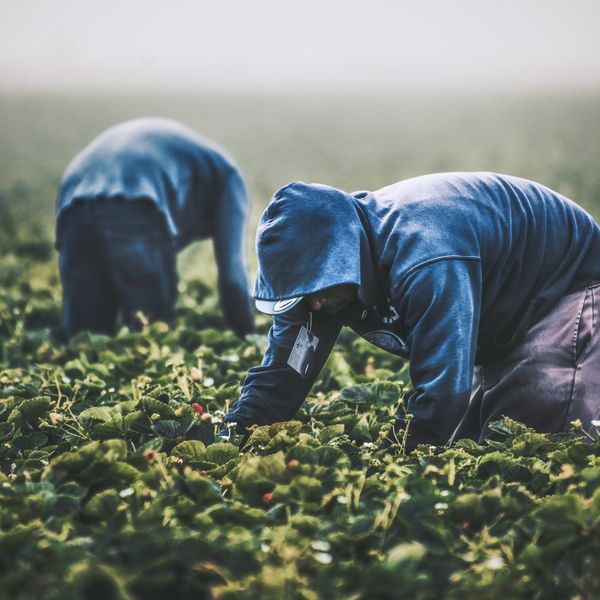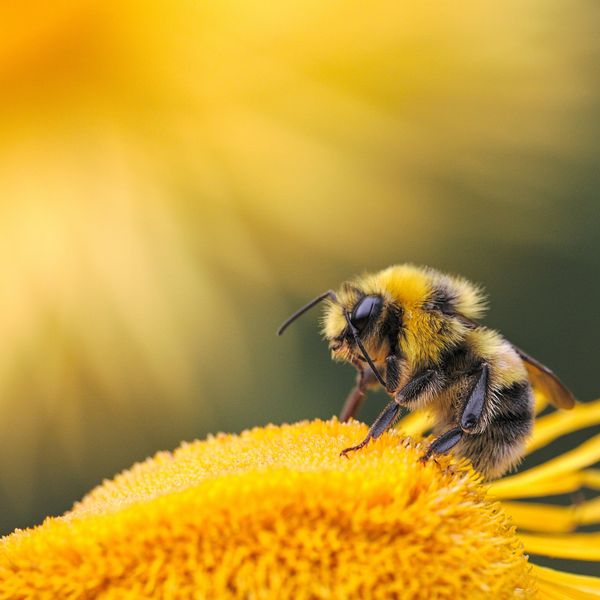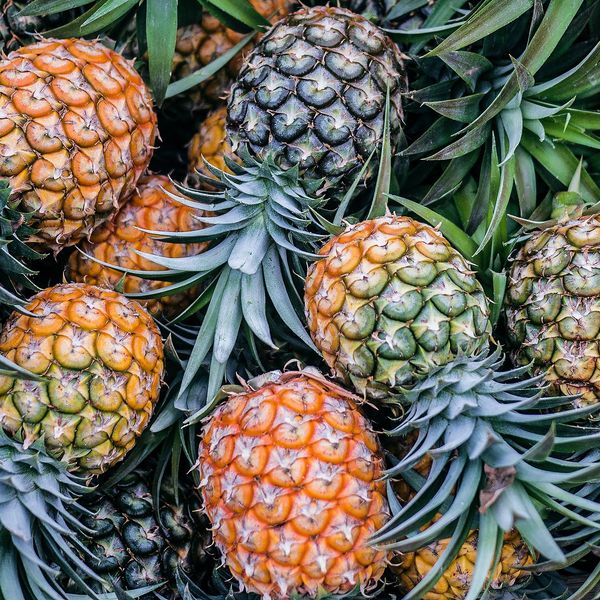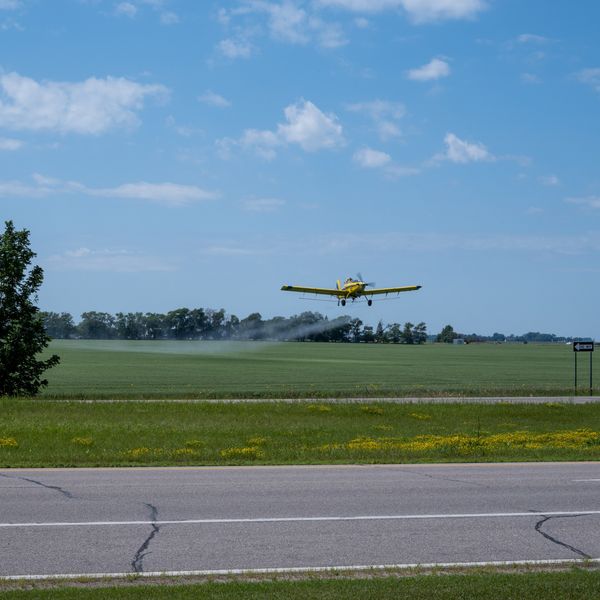Pesticides are substances intended to kill or repel insects, animals, plants, fungi or pathogens considered to be pests. Though people have used pest control methods for thousands of years, the 20th century was the first time mass-produced synthetic pesticides were used on an industrial scale.
Science has brought to light many concerning health, environmental and economic impacts of pesticides.
Para leer este reportaje en español haga clic aquí.
What are common categories of pesticides?

Credit: www.freestockphotos.biz
From common weed killers used on lawns to common household cockroach bait and ant spray to the more than 1,000 agricultural pesticides used in conventional farming, the term pesticides includes insecticides, herbicides, fungicides, rodenticides and other categories of substances that target specific pests.
How are pesticides applied?
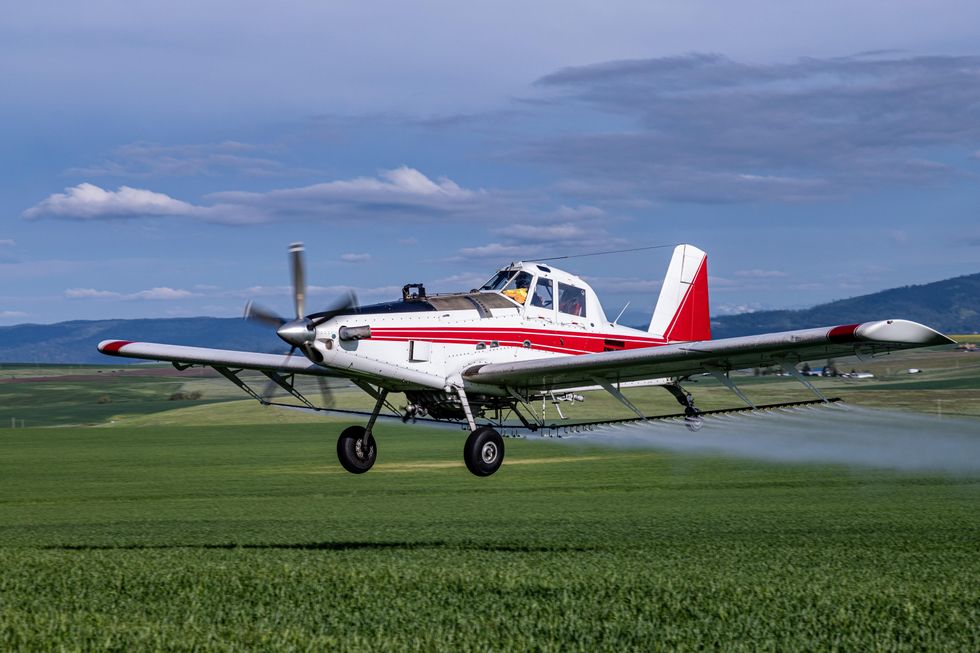
Credit: Eric Brehm/Unsplash
Pesticides in liquid form can be sprayed via a tractor or hand-held device. Those in solid form may be spread as granules, dusted over the targeted area or applied as a seed coating. Some pesticides may be applied via cropdusters – small planes or helicopters that fly over crops.
Other pesticides are gas fumigants pumped into soil or an indoor space. In other cases, fogging equipment is used, often to control insects like mosquitoes or fleas. Some pesticides are mixed with irrigation water, which then penetrates soil and plants.
How are we exposed to pesticides?

Credit: Kelly Sikkema/Unsplash
Pesticide exposure occurs in three ways: by breathing it, ingesting it through the mouth and via absorption through the skin or eyes.
Pesticides in food
Numerous studies have shown that consuming foods high in pesticide residue can increase risk of certain health problems. Residues of some pesticides are more toxic than others.
Every year, the Environmental Working Group issues a report on pesticides in produce along with a list of the fruits and vegetables with the most pesticide residues, including strawberries, grapes, apples, tomatoes and peppers. Many processed foods have ingredients containing residues from dozens of pesticides; non-organic grains like oats, rice and wheat, along with legumes and herbs, are big offenders. The Pesticide Action Network also has a database where you can search by product to find out pesticide residue levels.
Pesticides in the air
As science reveals more about the risks of pesticide drift, it has become a concern for nearby communities, as well as farms where untargeted crops or livestock may be harmed by migrating chemicals in the air. Pesticides are also often applied around playing fields, parks, schools, golf courses, offices and residential buildings — all with the potential to pollute the air.
Some places have established buffers between an area of pesticide application and sensitive areas like schools, hospitals or neighborhoods. But what’s a safe distance? Air monitoring reveals some pesticides can drift for miles, and studies suggest that health problems, including some cancers, may be associated with pesticide applications several miles away.
Pesticides in water
Pesticides may also adhere to the soil and enter groundwater and surface waters. Private water wells are seldom tested for pesticide contamination.
Once pesticides enter streams, lakes, rivers or the ocean, they pose risks to aquatic life, including fish, as well as birds, mammals and amphibians. From there, the chemicals work their way up the food chain and may end up on our plates.
Health effects of pesticide exposure

Credit: Tim Mossholder/Unsplash
Pesticide exposures may be acute or chronic. An acute exposure is intense and occurs during a short period of time. For example, a farmworker who is accidentally exposed in a field recently treated with pesticides may breathe, ingest or absorb them through the skin.
Common symptoms of acute exposures include (but aren’t limited to) headaches; dizziness; muscular twitching, weakness, tingling sensations, nausea, rashes or burning skin and vision problems/blindness. Acute exposures can in some cases be life threatening, and increase risk of miscarriage during pregnancy.
Chronic exposures are smaller but frequent doses that occur over longer time periods. Health impacts vary widely, depending on the type and toxicity of the pesticide, exposure time and concentrations and other factors. They can include cancers, birth defects and preterm birth, reproductive problems, immune problems, neurological problems and learning disabilities, organ damage, respiratory problems and disruption of the endocrine system, which affects the hormones that direct our growth and development.
Pesticide exposure is an environmental justice issue: In the U.S., people of color and low-income communities are more likely to suffer health impacts thanks to weak regulation and enforcement of pesticide rules. Farmworkers in the U.S., largely Latino, are especially vulnerable. In some countries, pesticide regulations provide even less protection for workers and the general public.
How do pesticides affect children?

Credit: Omar Lopez/Unsplash
Children and developing fetuses are most vulnerable to pesticides, as their developing immune and other body systems are less able to get rid of toxic chemicals.
Children exposed to pesticides in utero or after birth may later develop learning disabilities and behavioral changes; organ damage; respiratory ailments like asthma; and certain cancers, including leukemia, breast cancer and brain tumors. Recent research has also linked early exposure to some pesticides with an increased risk of autism spectrum disorder.
How do scientists and regulators determine the health risks of pesticides?
Regulators consider several factors to determine health risks of pesticides. Each pesticide exposure carries a unique risk, and the risk level can be affected by toxicity, dose, frequency of exposure and the specific combination of chemicals involved.
While science may understand the possible health effects of a single pesticide at a certain dose, research may not yet exist about the risks posed by that pesticide at a lower dose, in combination with other pesticides or in combination with other pollutants. Sometimes exposure to multiple chemicals results in synergistic effects: health effects greater than those caused by a single chemical. This is a particular urgent concern for frontline environmental justice communities suffering disproportionate impacts from multiple pollution sources.
Pesticide effects on the environment

Credit: Daniel Klein/Unsplash
Pesticides pollute air, water and soil, thereby contaminating plants and wildlife. This can lead to acute exposures, poisoning and possibly killing organisms that aren’t the intended target. It doesn’t necessarily stop there. When fish and wildlife consume contaminated plants and animals, the pesticide enters the food chain. In addition, pesticides can have consequences beyond killing wildlife, such as hindering their ability to reproduce.
Some pesticides have been linked to declines in bees, butterflies and other beneficial insects, birds and animals that support — indeed, are often essential to — crop production. Pesticides may also “sterilize” soil, killing off microorganisms that make it fertile and productive for growing crops.
How can you avoid pesticides?
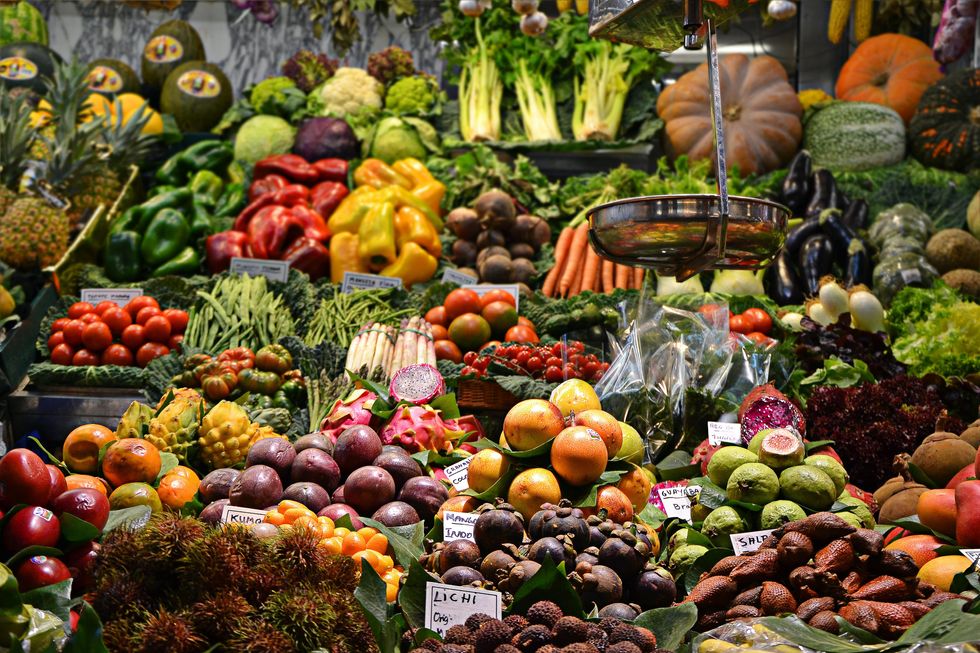
Credit: Jacopo Maia/Unsplash
It’s almost impossible to completely avoid pesticides; we are exposed to them in the food we eat, water we drink and air we breathe. Pesticides are even more difficult to avoid if you live near where pesticides are used, or if you or a member of your household encounters pesticides at work. But there are still things you can do to limit exposure:
Use non-toxic pesticide alternatives
Avoid using pesticides in and around your home. Instead, seek preventive and non-toxic weedkillers and pest control methods whenever possible.
Follow pesticide safety instructions
If you must use pesticides at home, read labels and follow application instructions. Make sure the chemicals are always locked out of reach of children. Keep windows closed when applying pesticides outside. Keep pesticides away from food and food preparation areas. Keep children away from places or pets treated with pesticides.
Choose organic products
Whenever possible, consume organic and non-genetically modified (non-GMO) foods to avoid pesticide residue and to support a healthier food system. To advocate for better access to organics, get involved with organizations working on food justice, and encourage your local food bank to source organic foods.
Clean pesticide-exposed foods
If buying organic and non-GMO is difficult because of cost or availability, the EPA recommends thoroughly washing all fruits and vegetables under running water without soap (it’s best to wash organic produce, too). Peeling fruits and vegetables can also help, but wash before peeling to avoid contamination. Cutting fat from meat and skin from poultry and fish can also reduce exposure since some pesticide residues accumulate in animal fat.
Workers: Know your rights
If you’re one of the two million agricultural workers and pesticide handlers in the U.S., by federal law you’re entitled to specific protections. Anyone applying pesticides should use appropriate protective gear and understand application instructions. Always read safety labels and follow all directions for application, handling and disposal. Never remove safety labels from pesticide containers. If you have questions or want to report a workplace violation, contact the EPA, or your state agency in charge of worker pesticide protection.
When you return home, leave your work boots outside and wash work clothes separately from your family's clothing.
Follow exposure safety protocols
If you come in direct contact with pesticides, wash your hands and exposed skin thoroughly. Thoroughly wash pesticide-contaminated clothing after each wear — though it’s more complicated than a normal washing. This article, also available in Spanish, explains how to do it safely.
Stay informed
Contact public officials: the city parks and recreation department, school district, and county or state officials in charge of regulating pesticide use on local farms. Government offices responsible for tracking pesticide use will vary depending on where you live. Local environmental groups may also help you get started.
Taking action on pesticides
Join with others who are working to advocate for better protections against pesticides. Search online for organizations and for news stories that mention groups working for pesticide reform. You can also get together with other community members and start your own!
For more information
 person holding black android smartphone
person holding black android smartphone
Credit: Jonas Leupe/ Unsplash
Monitor EHN’s ongoing pesticide coverage in English and in Spanish, follow us on social media and subscribe to our free Above the Fold and EHN en Español newsletters.
Environmental Protection Agency
National Pesticide Information Center
(en Español)
Californians for Pesticide Reform (en español)
- EU top court upholds ban on Bayer pesticides linked to harming bees ›
- Higher estimated pesticide exposures linked to ALS risk ›
- Report calls out worst produce for pesticides—strawberries, spinach top list ›
- Killing cockroaches with pesticides is only making the species stronger ›
- The uphill battle for communities that ban pesticides ›
- In 1996, the EPA was ordered to test pesticides for impacts on people’s hormones. They still don’t. - EHN ›
- A lingering Trump-era regulatory trick could push orcas, salmon to extinction - EHN ›
- Opinion: To protect school kids from toxic pesticides, protect state and local pesticide laws - EHN ›
- Why is this largely unknown pesticide showing up in our bodies? - EHN ›

